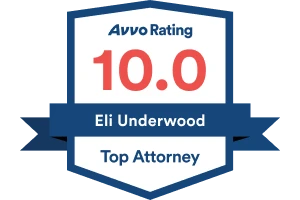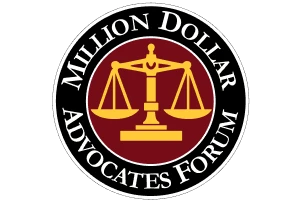In California, 50% co-owners hold significant rights and responsibilities under state law. As a rule, co-owners have an equal ownership right in shared property, including the right to use and enjoy the entire property and the right to partition the property, regardless of the percentage of ownership. Co-owners also share the property’s financial obligations,...
Continue reading ›Property disputes may necessitate division, like a partition action. If you think you may have the basis for a partition lawsuit, you should reach out to a lawyer or law firm who specializes in real estate division like Underwood Law, PC. We can help you figure out what options are available for dividing your...
Continue reading ›An equitable lien is a remedial right to have certain property applied to pay a debt. (In re Cedar Funding, Inc. (2009) 408 B.R. 299, 314.) This means it must be enforced in equity by the court, so the lien allows someone to subject property to payment of the debt or claim it as...
Continue reading ›Yes. In California, you can record a second lis pendens on the same property, with the court’s permission, if the first is expunged. A lis pendens, or notice of pendency of action, is filed in any lawsuit affecting title or right to possession of real property, like partition actions. Under California’s Code of Civil...
Continue reading ›Legal fees are often set up in an initial agreement or contract between the client and lawyer. This includes the lawyer’s hour rate and how payments will be made. Because legal fees are a necessary part of bringing a lawsuit with representation, they may also factor into the court’s decision making. Not all lawsuits...
Continue reading ›Property may be sold and acquired in a variety of different ways especially based on the type of property it is. One of these forms is a land sale contract. A land sale contract is different from a deed or other traditional instrument of title. Under a land sale contract, the buyer does not...
Continue reading ›Contingencies are conditions or requirements included in purchase agreements that must be met before the agreement moves forward. Contingencies are designed to protect the parties’ interests in the transaction by allowing them to back out of deals or renegotiate terms when certain conditions are not satisfied. In California real estate contingencies commonly address financing,...
Continue reading ›In end-of-life planning, the person will usually choose who gets what from their assets and property via a trust, insurance policy, or other estate planning tool. The person or persons on the receiving end are called beneficiaries as they benefit from the instrument. What are the Different Types of Beneficiaries That Exist? A beneficiary...
Continue reading ›Usually, a decedent has a valid legal will or estate upon their death which indicates how they want their assets distributed. Intestacy refers to someone who dies without a will. This means how their assets are distributed will be decided by the probate court. The probate process requires the court to determine whether someone...
Continue reading ›Under California law, co-owners of property who cannot agree on how to divide or manage their co-owned property have an absolute right to partition, which could result in the property’s forced sale. Generally, partition actions can’t be stopped without a valid waiver, however, co-owners can avoid, and even stop, partition proceedings in some circumstances...
Continue reading ›









